7 most amazing pieces of tech on board the ISS
Space gadgets that are out of this world
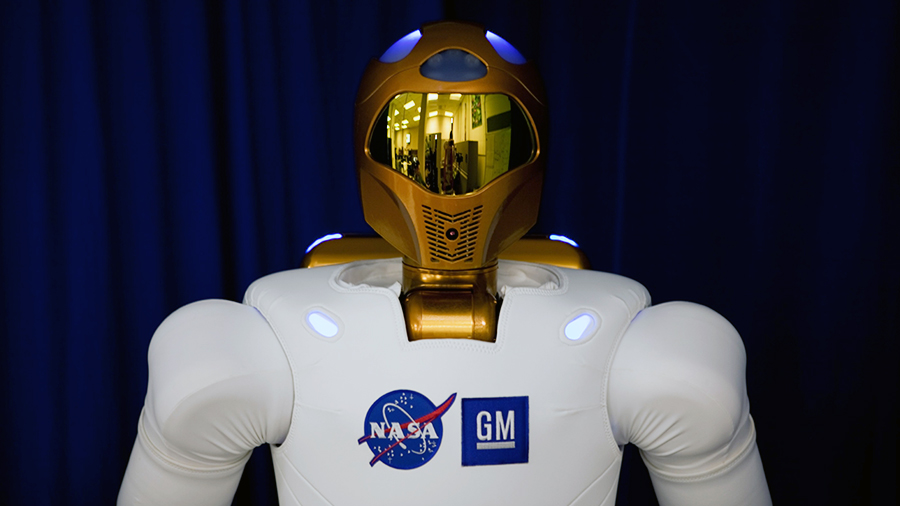

The International Space Station (ISS) orbits our planet some 250 miles up in space, travelling at a speed of around 17,500 mph - without that kind of velocity it would come crashing back down to Earth fairly rapidly. It's been in space since November 1998.
As well as providing a place to live for up to six astronauts, the ISS is home to a wealth of high-tech scientific gadgets and state-of-the-art research kit that you can't buy from Amazon. Here are seven seriously cool bits of hardware currently on board the ISS.
1. Delay/Disruption Tolerant Networking (DTN)
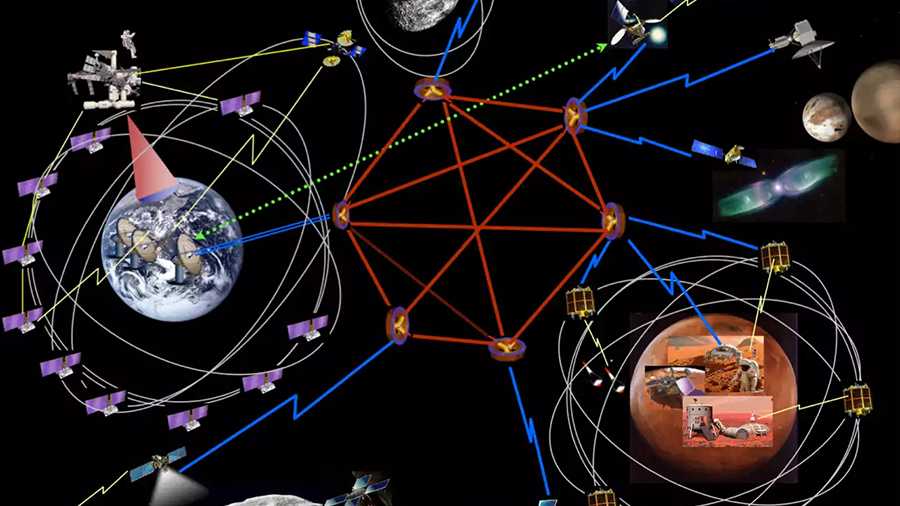
This isn't an individual gadget, but rather a series of networking protocols that have just been installed on board the ISS computers. DTN is designed to be the foundation of an internet that connects the Solar System - it has to be programmed to work over very long distances and with very long gaps in connectivity.
Because of the way every object in space is always moving and rotating, the nodes in a DTN network (which could be satellites or space stations) need to be able to store a lot of data temporarily, and to be able to interpret messages that arrive in separate chunks, maybe even in the wrong order.
2. Robonaut
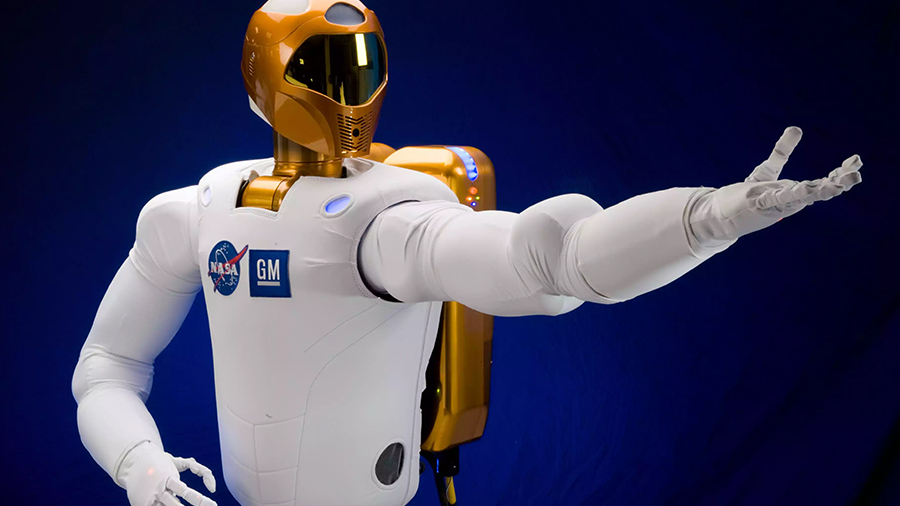
There are more than 50 computers controlling all the systems on board the International Space Station but the Robonaut is designed to be more human than most of them in its appearance. With arm-like appendages it can manipulate objects and make repairs in a similar way to the astronauts on board.
The Robonaut (now up to version 2) can be operated by ISS crew members or even someone back at ground control and it can use many of the same space station tools that flesh-and-blood humans can. For anything that's dangerous, repetitive or just mind-numbingly boring, the Robonaut can take over.
3. Red Epic Dragon camera

If you're shooting photos and videos from up in space then you want the results to look as gorgeous as possible, and fortunately the astronauts on board the International Space Station have access to a Red Epic Dragon camera capable of shooting up to 6K resolutions (that's 6144 x 3160 pixels in a single frame).
Get all the latest news, reviews, deals and buying guides on gorgeous tech, home and active products from the T3 experts
The camera has been used to capture this stunning footage of the Earth's surface as well as some amazing clips recorded inside the body of the ISS. It's not an outer space exclusive though: you can pick up your very own Red Epic Dragon camera unit if you've got $50,000 (£37,670) or so to spend.
4. Zero Gravity 3D Printer
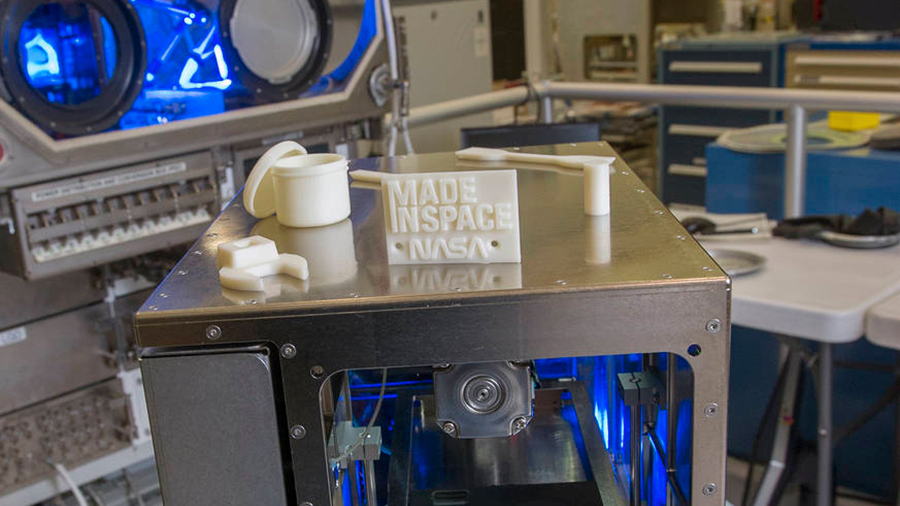
You may well already know all about 3D printing, but 3D printing in space - and a distinct lack of gravity - brings its own challenges. NASA has installed a unit on board the ISS to explore the possibility of establishing a workshop in space for printing replacement parts and new equipment without any help from Earth.
In an emergency situation the benefits of a having a 3D printer are obvious, and if we're serious about eventually getting off our home planet than building self-sufficient factories elsewhere is going to be crucial. The first ever object to be 3D-printed in space was a plastic sign that read simply "Made in space".
5. Canadarm2

The Canadarm2 - so named because the Canadian government chipped in around $1.1 billion to pay for it - is a huge robotic arm you might well have seen in photos of the International Space Station. The unit as a whole is known as the Mobile Servicing System (MSS) and it helps in moving and repairing objects.
The arm is 57.7 feet or 17.6 metres long when fully extended and is capable of handling objects weighing 116,000 kilograms (that's 255,736 pounds). If a visiting spacecraft can't dock with the ISS for whatever reason then the MSS catches it out of the air. Canadarm2 replaced the original Canadarm in 2001.
6. Oxygen Generator System (OGS)
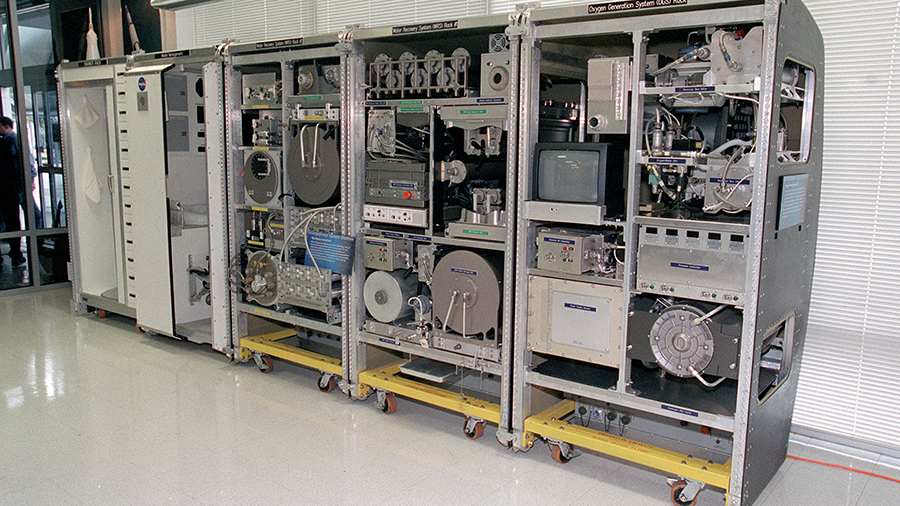
Did you know there are 8 miles of wires on board the ISS just to keep the electrical power system connected? Some of that juice is used to power the Oxygen Generator System (OGS), which keeps astronauts breathing and means less oxygen has to be transported from Earth to keep everyone alive.
Through the process of electrolysis, wastewater from the station is broken up into hydrogen and oxygen atoms - apparently around two kilograms of oxygen per day are produced, and the OGS is part of the reason why the space station can now support six crew members rather than three.
7. Microsoft HoloLens
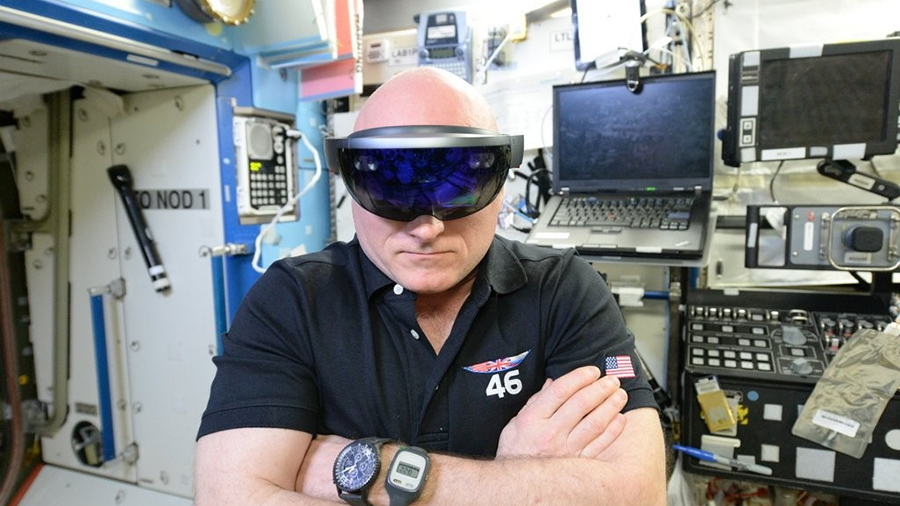
We have HoloLens headsets down here on Earth of course - but the ones on the ISS are worth mentioning because of how they're being used: they enable astronauts to beam back a first-person view of what they see, for starters, while ground control can then add notes and images inside the same field of view.
The devices offers a more interactive way for astronauts to train (they can see what a repair should look like before attempting it, for example) and Microsoft says the HoloLens will "increase the efficiency at which astronauts can work in space". Of course, it can run a few games along the way as well.
Dave has over 20 years' experience in the tech journalism industry, covering hardware and software across mobile, computing, smart home, home entertainment, wearables, gaming and the web – you can find his writing online, in print, and even in the occasional scientific paper, across major tech titles like T3, TechRadar, Gizmodo and Wired. Outside of work, he enjoys long walks in the countryside, skiing down mountains, watching football matches (as long as his team is winning) and keeping up with the latest movies.
